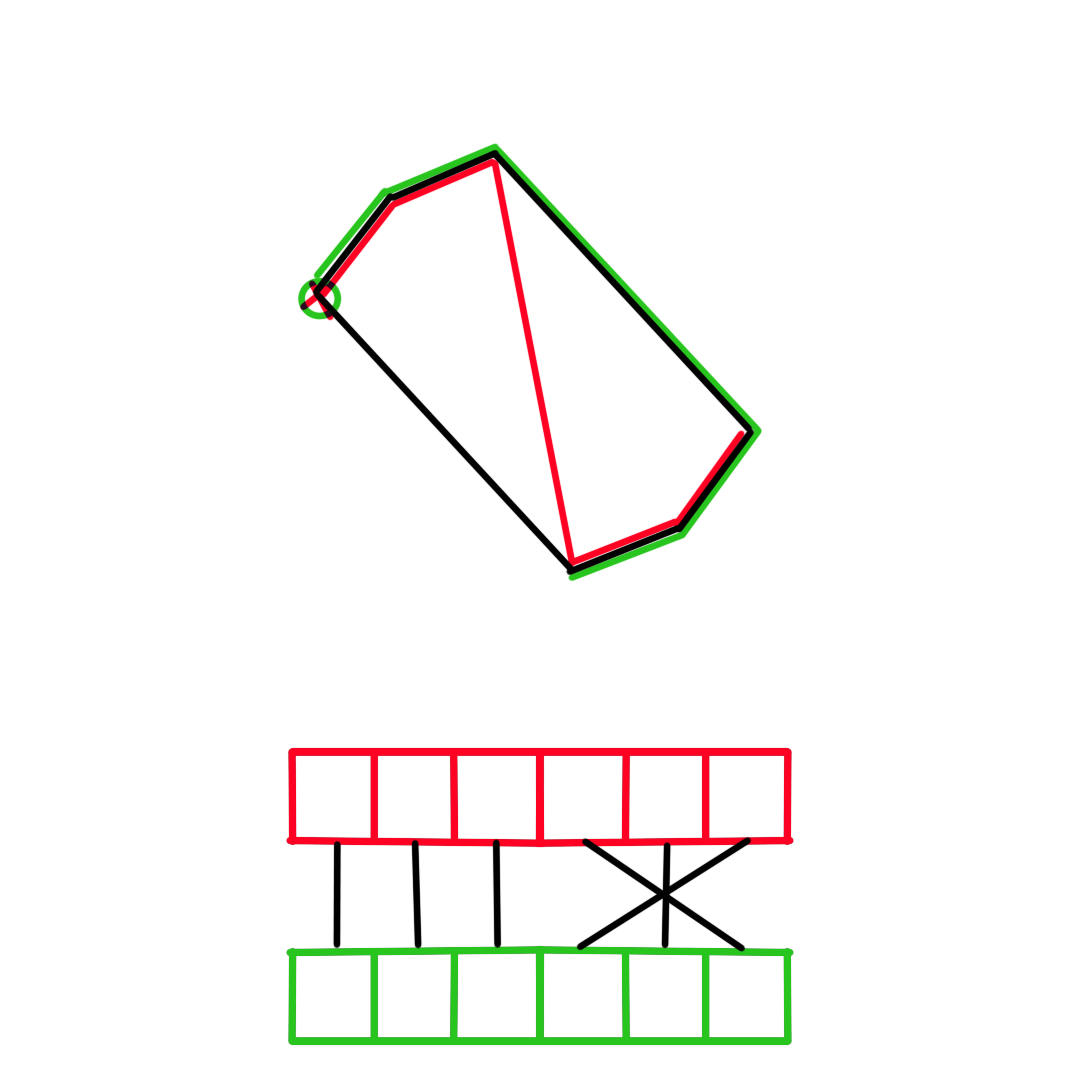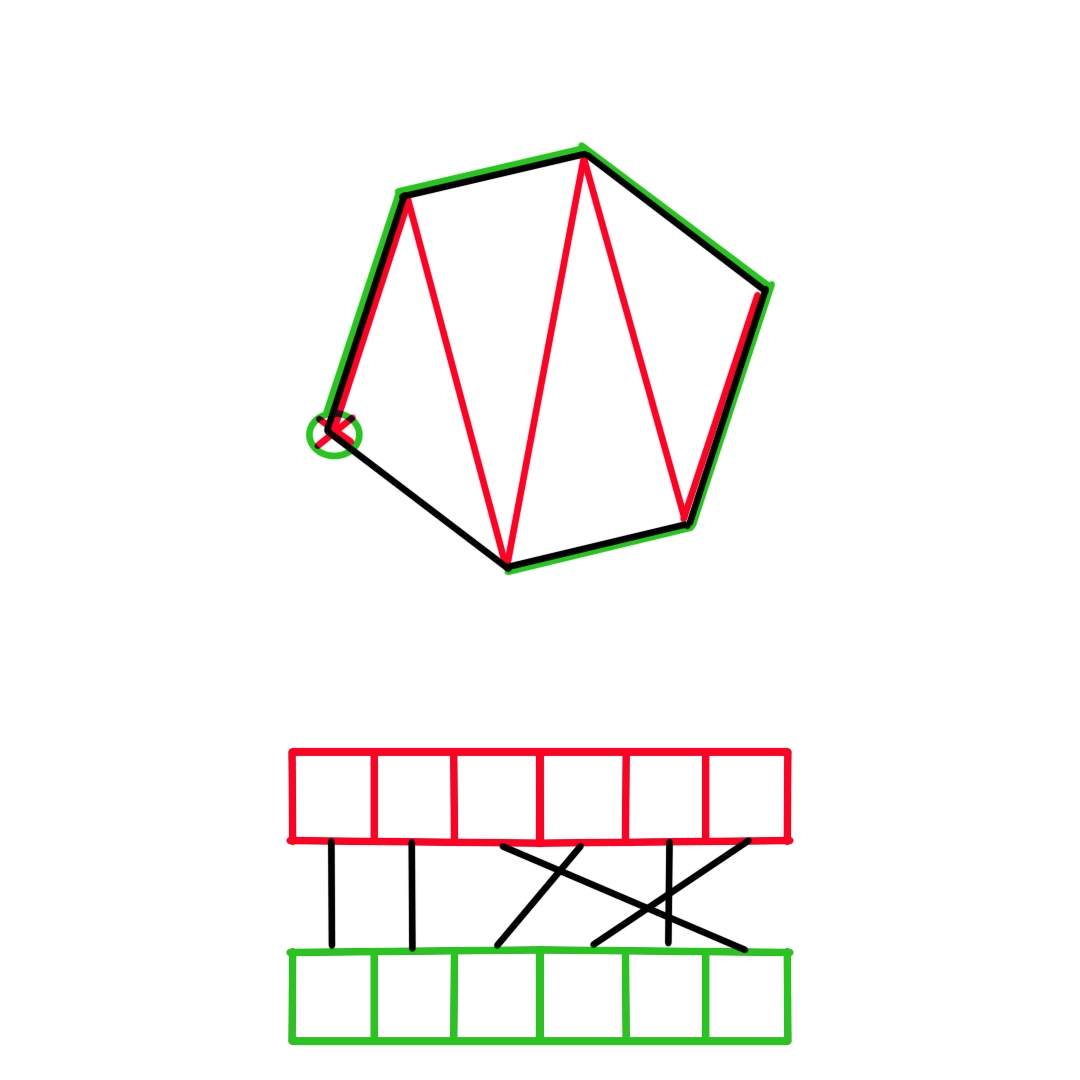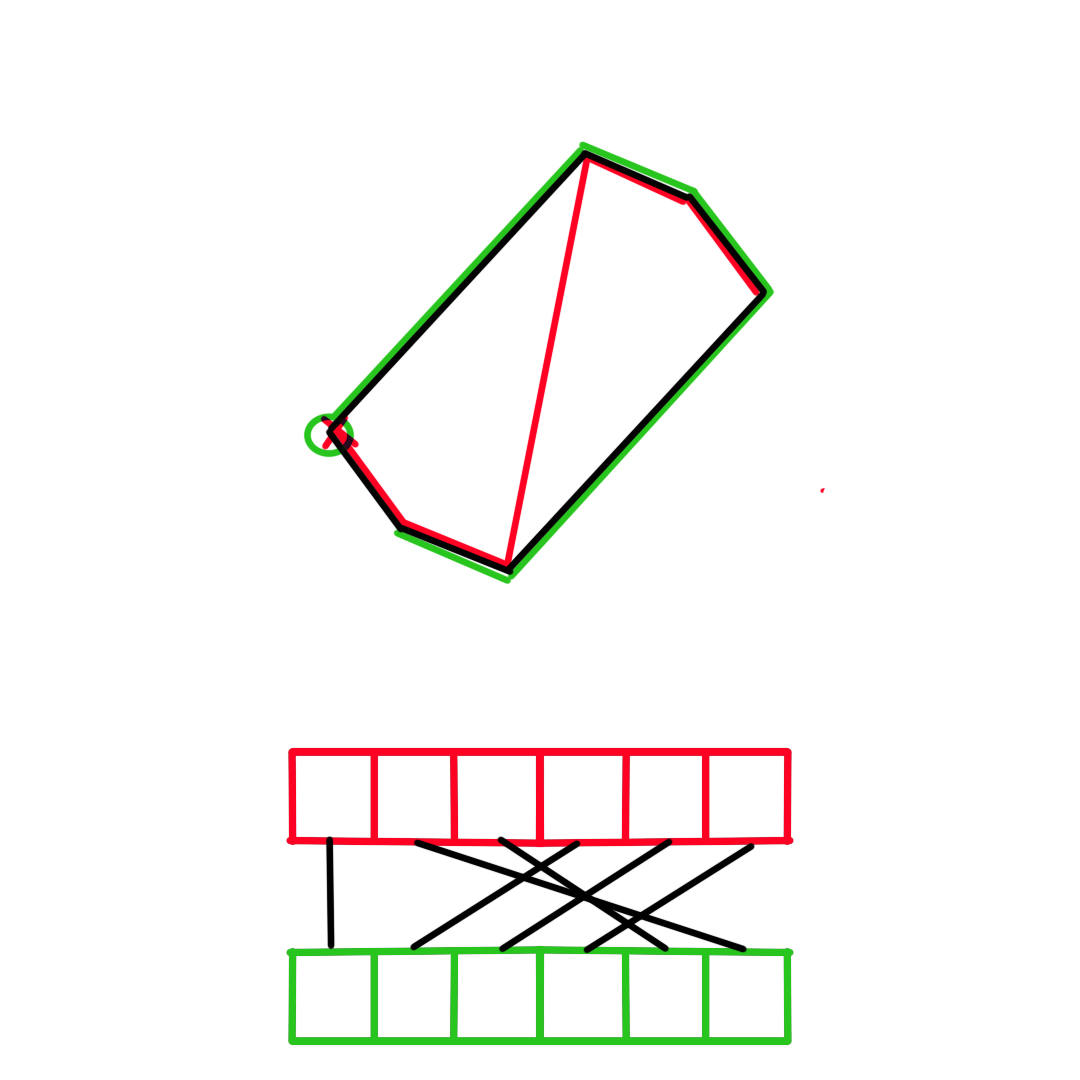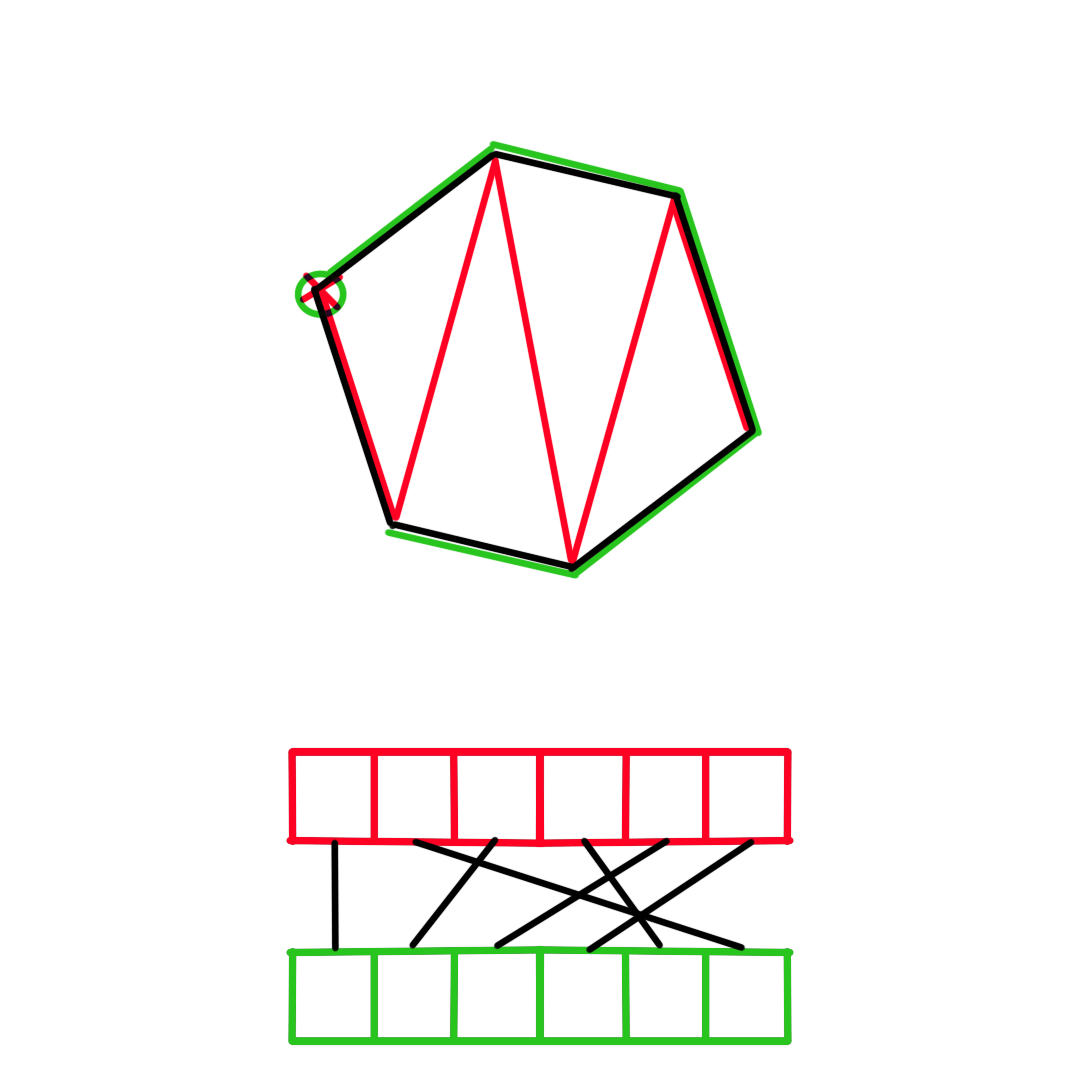This is my project for the course "Parallele Systeme" at H-KA. Its goal is to show that I understood principles of parallel computing.
There are two scripts here. Both calculate the average shadow of a unit-cube, one in serial and one in parallel. The initial idea came from a video by 3blue1brown.
The implemented algorithm has the following steps:
- generate unit-cubes with origin as center
- generate rotations
- rotate the cubes
- project the cubes
- calculate shadow area for each cube
The serial implementation does this over and over, appending the results to an array, then averaging over the array to get the result.
The paralell implementation does the same, except each "iteration" gets an index as identifier that is used to access the arrays holding the necessary information.
Since CUDA-kernel-functions do not play nice with non-standard libraries, some manual implementations as well as hard coded sections are used.
Since cubes can only throw convex, symmetric shadows, the hexagonal area of the shadow can be divided into four triangles and a parallelogram, the area of which are easy to calculate. Like so:
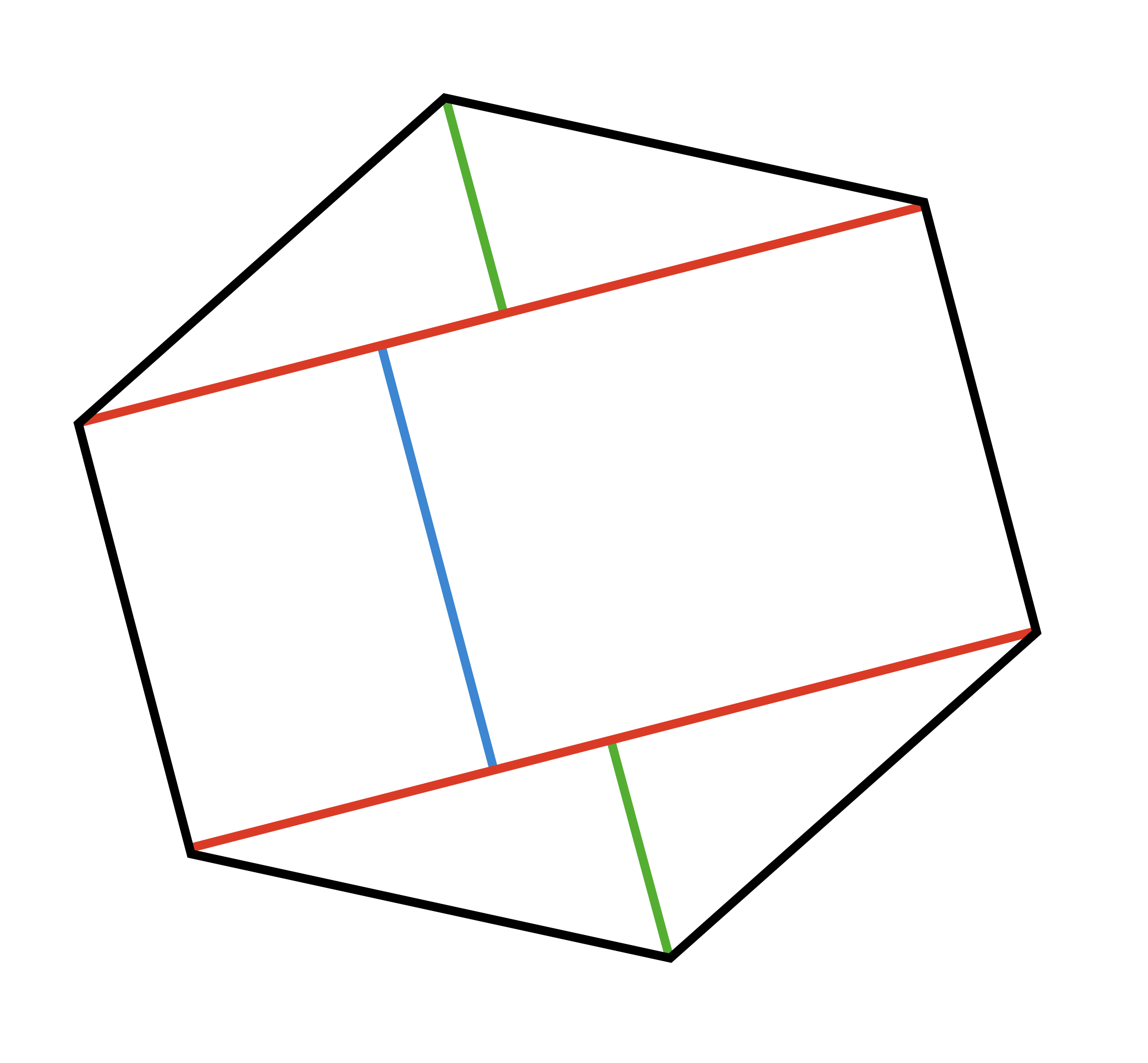
If all points are sorted by their x-values into the red array_x, array_x[0] contains the the point marked with x. The following entries of the array are the points as they are traversed by the red line.
To sort the points along the convex hull, the green array_hull is filled with the points following the green line, starting with the circled point in array_hull[0]. To get array_hull from array_x the values from array_x are written into array_hull like indicated by the black lines between the arrays. This can be necessary in 4 different cases, illustrated by the following diagrams.
